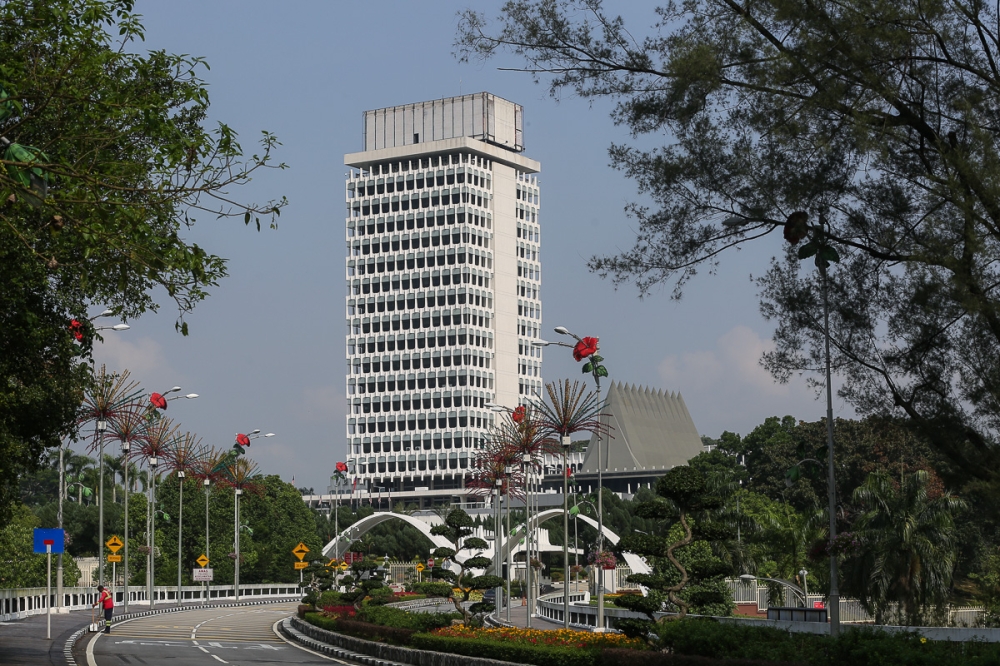HONG KONG, June 10 ―The dollar was at a two-week high on the euro today, ahead of inflation data that should guide the Federal Reserve's policy tightening path, and after the European Central Bank said it would start its rate-hike campaign next month.
US core consumer price growth is expected to cool a fraction, data later in the global day is set to show. Such an outcome would provide some reassurance to those hoping decades-high inflation had peaked in March and that the April pullback was not a one-off.
This could give the Fed some wiggle room to raise rates less aggressively later in the year as it tries to rein in inflation without tipping the economy into recession.
In the nearer term, markets expect the Fed next week to announce the second of its three consecutive 50-basis-point interest rate hikes, which has boosted the dollar in recent months.
The dollar index, which measures the greenback against six peers, was steady at 103.3 after a 0.7 per cent overnight gain.
It has rallied 1.1 per cent this week, which would be its biggest percentage gain since the last week of April.
The index “looks to have navigated a more determined and hawkish ECB with relative ease. Their plans to raise rates by 25bp in July and Sep and tabling potentially larger increments was evidently no more hawkish than expected,” said analysts at Westpac.
The analysts said the index looked to be settling into a range of 101 to 105, with room to test the higher end of that should the US CPI data and next week's Fed meeting underscore the potential for higher US yields.
The euro touched US$1.0611 (RM4.66) in early Asia trade, its lowest since May 23, after losing 0.92 per cent on the dollar yesterday after a volatile ECB-driven session.
The central bank for the 19 countries that use the euro said it would end quantitative easing on July 1, then raise interest rates by 25 basis points on July 21. The ECB flagged a bigger rate increase in September unless the inflation outlook improves in the interim period.
The euro also lost 0.55 per cent versus sterling overnight and 0.86 per cent on the Japanese yen, coming off a seven and a half year high.
The yen could not gain any ground on the greenback, trading at 134.16 per dollar in early Asia trade Friday, around a 20-year low it has straddled recently.
The Bank of Japan, unlike major peers, has repeatedly committed to keeping interest rates low, sending the yen down to within striking distance of 135.20 hit on January 31, 2002. A break past that would be its lowest since October 1998.
The risk sensitive Australian dollar remained under pressure at US$0.709, down 1.65 per cent this week, hurt by declines in equity markets, while sterling was also lower against the dollar at US$1.2486.
Bitcoin was at US$29,800, having failed in its latest attempt to sustain a break up past US$30,000, the level near which it has been trading for the past month. ― Reuters






















